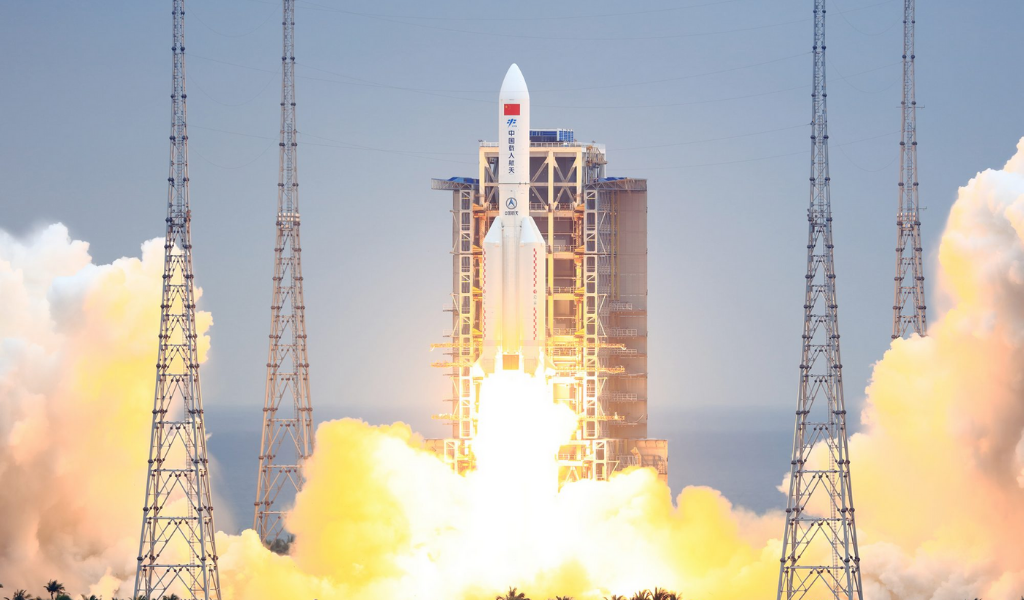
Maldives Highlighted on the Global Map Again – Credit to China’s Rocket Debris that Nearly Misses Maldives in Crash Back on Earth Surface
On April 29, 2021, China launched a Long March 5B rocket into space, equipped with a piece of Tianhe module, the first and core module for the construction of China's space station. The launch was carried out in the Wenchang Spacecraft Launch Site on the coast of the southern island province of Hainan.
Following the exhaustion of fuel, the first stage was left in orbit hurtling in space until suddenly, the nearly 40,000 pounds heavy and at 108 feet tall structure was pulled back to Earth’s surface under the influence of gravity. It was reportedly tracked over the Arabian Peninsula as the point of re-entry to the Earth.
Since then, the international space community has been tracking the unpredictable crash of the rocket. Unlike most rockets that lift satellites and other objects into space, the design of the Long March rocket rids of the main body in an orbit lower than the ‘Grave Yard’ orbits. This increases the risk of uncertainty on exactly when or where the booster would land should it re-enter the Earth. However slim, there were chances of threat to populated areas being the crash zone of the debris.
Today, at 7.24 a.m. local time, Chinese media reported the plunge of Long March 5B rocket debris at 2.65 degrees north latitude and 72.47 degrees east longitude, a location just west of the Maldives. Caught by the global media, the news has highlighted Maldives on the headlines and raised concerns of whether or not parts of the rocket had damaged Maldivian geography in any manner. According to Chinese media, the vast majority of the device burned up during the re-entry.